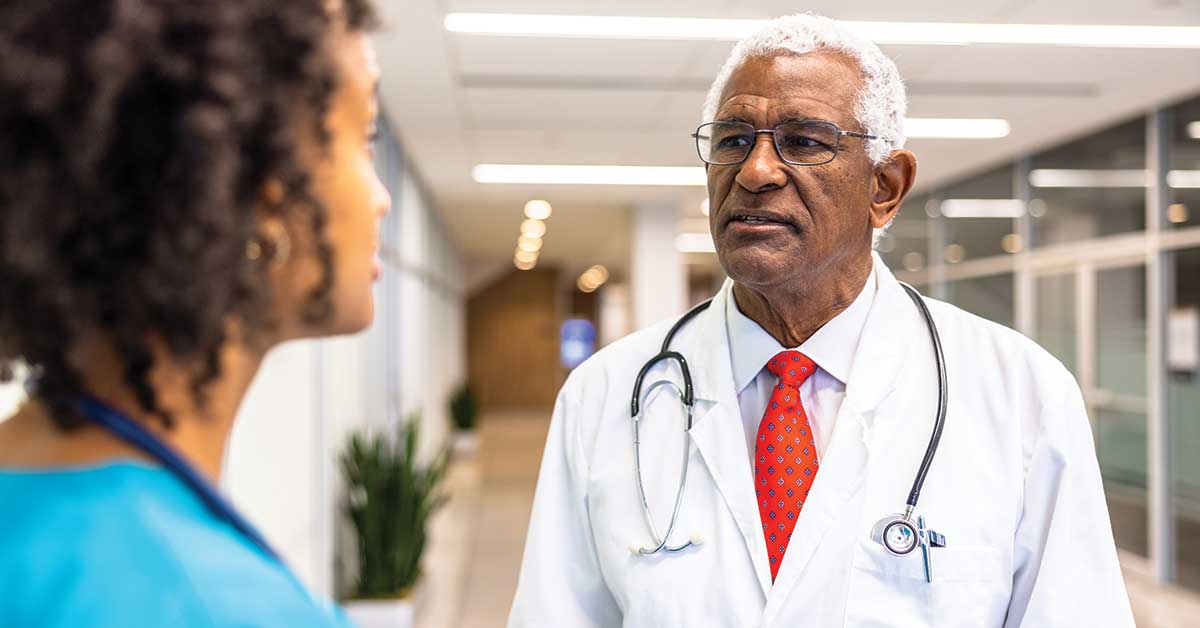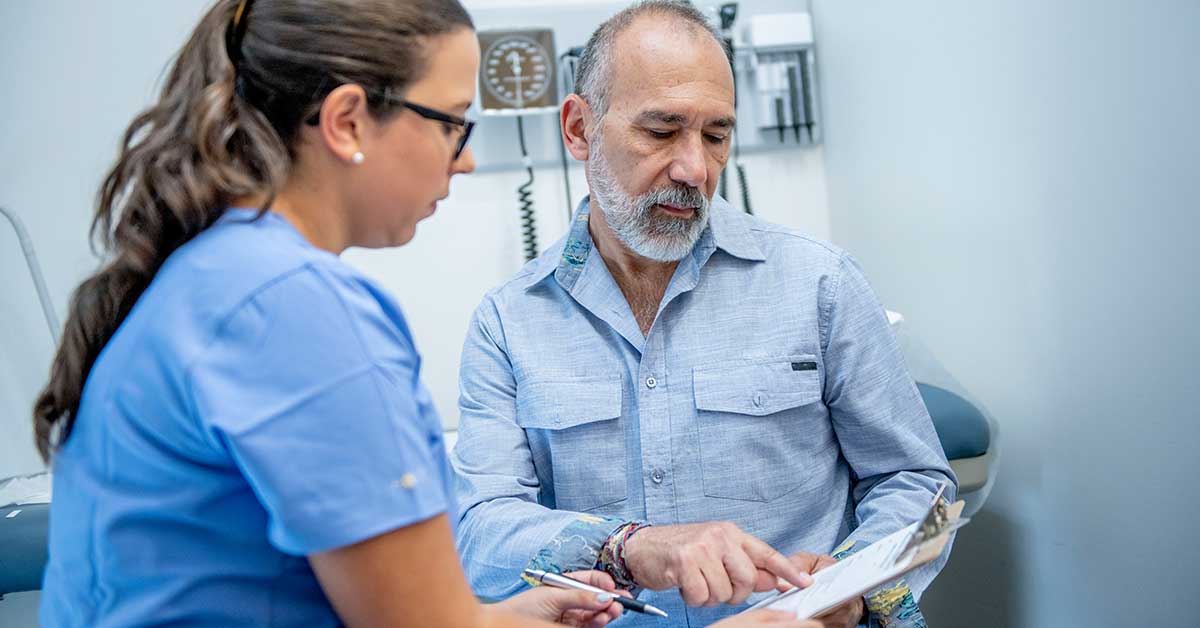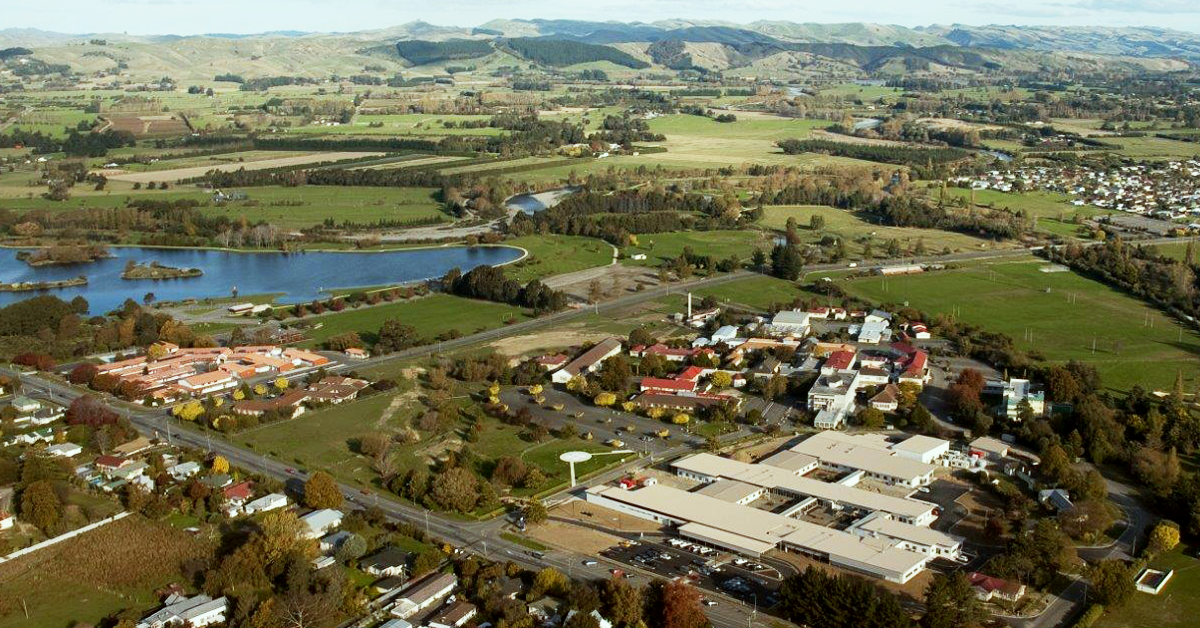This year marks the 10th annual National Rural Health Day, a day set aside to celebrate rural communities and to honor the mission-oriented healthcare providers who selflessly care for some 57 million Americans. It’s also a time to bring awareness to the unique challenges facing rural healthcare organizations.
Unlike any other year, rural hospitals have witnessed how COVID-19 has accelerated some aspects of healthcare that have elevated patient access, while also shining a light on others that remain insufficient. And considering that the closest specialist could easily be 100 miles or more away, the stakes are often higher in our rural communities.
Advocating for rural healthcare is how Corey Lively has found a deepening sense of purpose ever since taking over seven years ago as CEO of Great Plains Regional Medical Center in Elk City, Oklahoma. With big shoes to fill, he’s passionate about engaging the community, inspiring others to find happiness through humility, and building on the legacy of a 72-bed hospital that is known as the birthplace of one of the earliest managed care systems in the U.S.
We had an opportunity to get Corey’s perspective on the impact of COVID-19 on rural healthcare, what needs to change to improve sustainability for the entire rural network, and how his staff embodies resilience in the face of an unrelenting pandemic. Keep reading as he answers our questions with wisdom and a much-needed dose of empathy.
Question: Great Plains Regional Medical Center has a unique history that transformed the industry. Can you share the story?
Answer: It’s a great one! In 1929, Dr. Michael Shadid of Elk City, Oklahoma, which is about half-way between Amarillo and Oklahoma City, convinced the area’s Farmer’s Union that they’d have improved access to affordable healthcare by pooling their resources to build a hospital. Selling shares for $50, the hospital was built, and it became one of the earliest managed care systems. Today, Great Plains Regional Medical Center remains a true, independent hospital with more than 400 shareholders who continue to have voting rights. To give you an idea of our reach, we have 450 employees who serve our immediate community of about 15,000 people. Each year, we handle more than 2,500 acute care admissions, perform more than 3,000 surgeries, and field more than 15,000 emergency room visits.
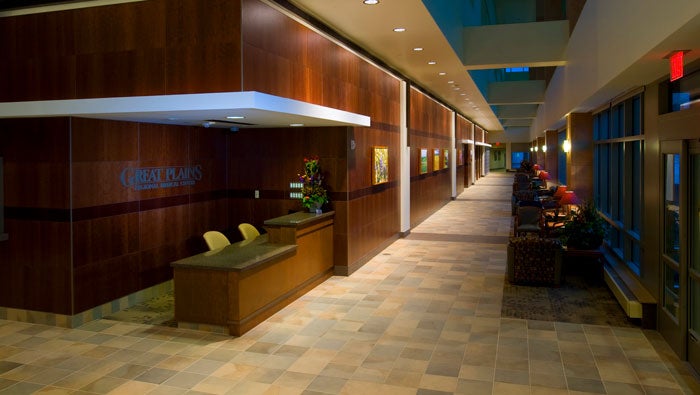
Question: What has been your experience regarding the pandemic from March through today?
Answer: We started by planning aggressively to face whatever was coming. We put our surge plans into place and made the difficult decision to postpone elective surgeries. Like most facilities, we followed the community census closely to ensure we were on top of the critical data regarding infection rates and hospitalizations. We went through a difficult period for about six weeks starting April 1st but then it began to taper off as the summer months approached.
There was a valley in cases through July and August, but a new spike appeared in September. As patient admissions continue to rise, we’re responding in a big way. What’s really challenging as a leader and for our staff is to maintain peak adrenaline for such an extended period of time. Rural healthcare is taxed because there is no “B” team. Everyone is playing offense and defense, so we’re focused on doing everything we can to support our staff through this crisis.
Question: What types of new processes and procedures were implemented and will some of those changes be permanent?
Answer: We definitely had to do things differently. Out of necessity, some will end up being permanent, especially as it relates to security. One challenge that arose right away was how we would help families communicate with loved ones in our care and their physicians, while visitor access was restricted. It was especially heartbreaking for us to watch patients struggle with isolation, so we quickly brought in iPads. Now, via Facetime, patients, physicians, and families remain connected.
In rural healthcare, it’s really important to engage the community. Our hospital is unique in that we have a very nice cafeteria that serves great meals. During normal times, we operate like a restaurant and people in the community come to dine with us. When COVID hit, we had to prioritize patient safety and close the cafeteria. This left a big gap, so we have since implemented mobile meals.
Question: Has Telehealth played a larger role your response to COVID-19?
Answer: To put it in a statistical framework, prior to COVID, we had about 5% utilization of telehealth, and now we are up around 48-52%. It has really been a valuable tool that grew out of necessity. Many of our specialties got creative in utilizing the technology to continue serving patients. For example, we’re championing increased use of telehealth for dialysis and psychiatric care. It’s interesting – I’ve read that telehealth adoption and technology has jumped a full ten years from where it was anticipated to be right now. As a rural health advocate, I hope that the relaxed policies that came after COVID hit become permanent. I can already envision how many more patients a specialist could see remotely from a single location versus practicing out of several.
Question: What can HHS or the federal government do to help rural health systems?
Answer: COVID aside, to this day, there is no greater gap in the delivery of care than the one that exists between rural and urban populations. The federal government doesn’t engage rural healthcare administrators often enough, and that needs to change. They can start by listening and striving to understand our needs. For example, they should be helping us tighten up the rural provider revenue cycle. That is something that can be solved. And from a COVID perspective, one thing the pandemic has shown us is the vulnerability and inadequacy that exists in the medical supply chain. With COVID spiking again, we’re finding it difficult to secure PPE like gowns and gloves.
Question: With rural healthcare sometimes deemed a less desirable career option for physicians, what are your strategies for recruitment?
Answer: We are constantly keeping an eye toward the future, because any provider we bring on board has to be right for the facility and the community. The barometer we use is, “would I trust them with a family member?” Our approach is to use every tool available to find quality physicians who fit our culture. Sometimes we are able to source the candidates on our own, but we also maintain a strong relationship with Jackson Physician Search because you know our facility and what types of physicians can be successful with us. You’ve done a great job.
Another thing that I do is maintain a list of medical students and residents that have ties within 60 miles of our hospital. I make an effort to reach out to them periodically. Sometimes we share a meal, just so I can let them know we care about them and their success. I do the same with a list of about 50 practicing physicians. As an independent hospital, we have more flexibility in our compensation and benefits package. For instance, if a candidate cares more about student loan payoff, we can often work with that.
Question: Since we’re celebrating National Rural Health Day, has anything surprised you about how your staff has handled the past nine months?
Answer: Honestly, we have an amazing team and nothing that they accomplish really surprises me. I believe so much in them! But through all of this, three things have really stood out. First, everyone here has an incredible sense of family and community. Second, they are incredibly resilient. And third, their expertise and caregiving skills are unrivaled. We are all pulling together, and we support each other every day by saying, “We’ve got this!” We will keep pushing through, because the person next to us is doing the same. As members of this special community, we are passionate about helping rural Americans to have access to great healthcare.
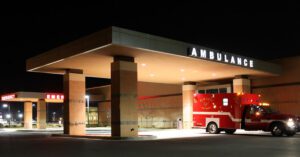
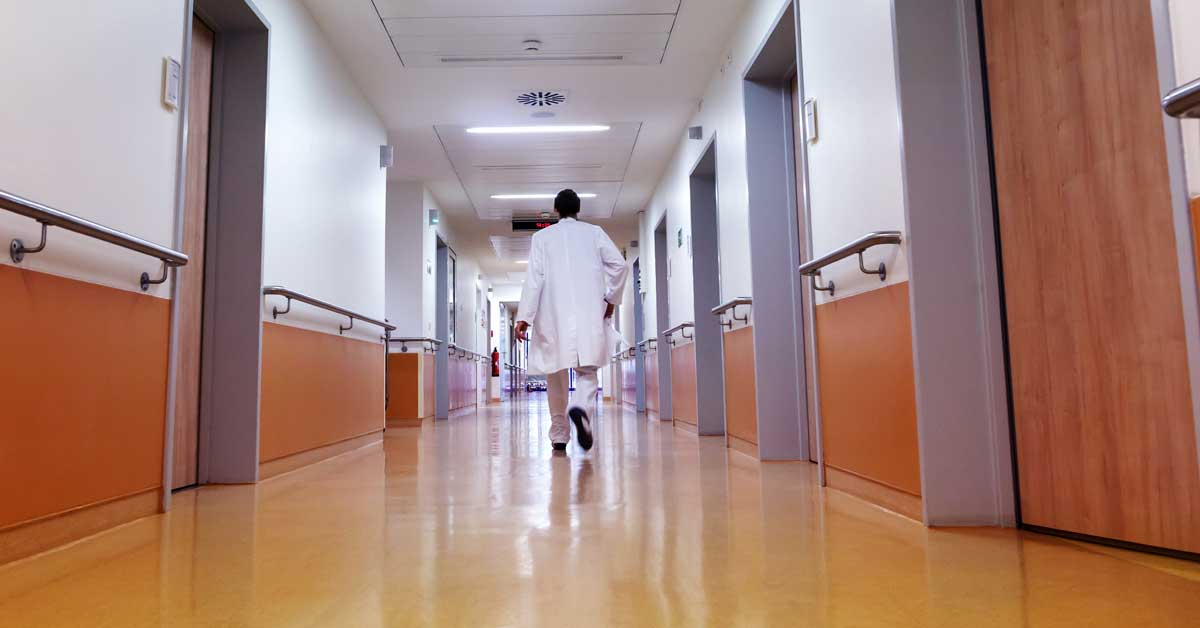
“We’ve had multiple staff test positive for COVID, and you might think that it would make them hesitant. But after recovering, they all came right back to work to keep treating patients. Their resiliency inspires me every single day!”
Corey Lively, CEO, Great Plains Regional Medical Center
Question: Before we close, what drove you to become a CEO at a rural hospital?
Answer: Becoming a hospital CEO was actually not in my early career plans. I have a Master’s Degree in Counselling and had always wanted to help children. As I pursued that, I realized there were so many things in this world that happen to us as we grow up, and they nudge us toward the path we are supposed to be on. For me, it was having the desire to influence children, to help them move from where they are to the best place they can be. And then, I got the nudge about fifteen years ago when I had an opportunity to come over to healthcare administration. The move really ignited my passion to bring healthcare to rural communities, especially to where I am from in rural Oklahoma.
Consider this, we are over 117 miles from the nearest Level-1 Trauma Center. I want this community to know that if something happens to any of them, we may not be able to do everything they need. But we are going to save their life and get them to where they need to be. It’s part of what drives me. Every day, I realize that we are doing something here for the greater good – for our community’s health and well-being.
I’d like to leave you with a little story. You never how or when you are going to impact someone’s life. Seven years ago, as I was leaving my previous job for this position, the staff had a little going away party for me with a few gifts. Our Director of Pharmacy handed me a box and asked me not to open it until later. When I opened the box, there was a plaque with a star on it that said, “I will never forget that humility is the key to happiness.” I was taken aback because it was something I said to him four years prior when he was going through a difficult time. I reached out to thank him, and he said that sharing that sentiment changed his life. It just goes to show that you never know when you’ll have the opportunity to help someone, and you may never even know that you did.
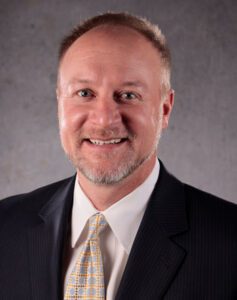
Corey Lively became CEO of Great Plains Regional Medical Center in 2014
Great Plains Regional Medical Center at a Glance
- 72-bed, Joint Commission accredited, acute care facility, not-for-profit corporation located in Elk City, Oklahoma
- Only Hospital in Western Oklahoma and only 1 of 12 Oklahoma hospitals named a top performer for Quality Patient Outcomes by The National Organization of State Offices Rural Health and iVantage Health Analytics
- Emergency room named by Becker’s Hospital Review as a Top 20 in the Nation for its superior Quality Outcomes and efficient care
- 100+ physicians and providers offer advanced care in more specialties and subspecialties than any other facility in Western Oklahoma and North Texas
“I can’t tell you how proud I am of our staff. The way they have rallied to the call is incredibly inspiring, and it is not just the medical staff. Everybody is in this together from our physicians to our nurses to registration and our housekeeping staff. The effort is amazing, because it is so difficult to maintain peak adrenaline for such long periods of time.”
Corey Lively, CEO, Great Plains Regional Medical Center
Partner with a Recruitment Firm Dedicated to Your Community’s Success
If your rural hospital could use additional support in recruiting physicians who fit your culture, will engage with the community, and will stay, consider partnering with the healthcare recruitment professionals at Jackson Physician Search. Our decades of experience has afforded us the ability to maintain a nationwide pool of candidates and to develop the technology and tools to help you fill your most challenging vacancies.



